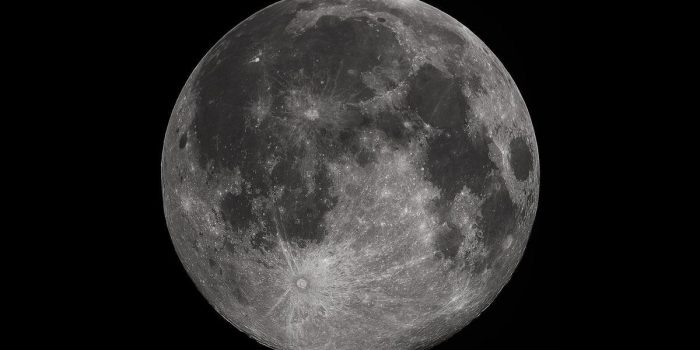At the behest of the White House, NASA has been directed to develop a tailored timekeeping system specifically designed for lunar conditions, named Coordinated Lunar Time (LTC). This directive stems from the recognition that time operates differently on the moon due to its weaker gravitational influence, resulting in a slightly accelerated temporal flow compared to Earth.
Within NASA’s communications and navigation realm, Kevin Coggins, a notable figure, highlights the paramount importance of developing a lunar timekeeping structure to optimize operations on the moon, especially amidst the progress of the Artemis program.

Artemis, which aims to return humans to the moon by 2026 and establish a permanent scientific outpost, stands as a crucial milestone for future Mars exploration endeavors. Central to the success of Artemis is the implementation of a standardized lunar time protocol necessary for coordinating various activities with those on Earth, including data transfer, navigation, and communication. The absence of such a standardized lunar time system would pose significant challenges in achieving synchronization between terrestrial and lunar operations.
Establishing LTC presents a significant challenge akin to Earth’s Universal Coordinated Time (UTC), which relies on a network of precise atomic clocks. Implementing a lunar counterpart to UTC will require international cooperation and agreement on standards. The memorandum from the Office of Science and Technology Policy emphasizes collaboration with existing standards bodies and nations that have signed the Artemis Accords, guiding principles for space cooperation. Notably, spacefaring rivals China and Russia have yet to endorse these accords.

Determining the boundary for LTC’s implementation is another aspect NASA must address. While the International Space Station continues to use UTC due to its proximity to Earth, NASA must define precisely where the transition to LTC occurs. Additionally, like on Earth, lunar timekeeping may encounter challenges, potentially necessitating the introduction of leap seconds or other adjustments.
In conclusion, creating Coordinated Lunar Time is essential for the success of NASA’s lunar missions and broader space exploration efforts. It requires careful coordination, international cooperation, and the establishment of standards to ensure seamless operations on the moon and synchronization with Earth-based systems.


